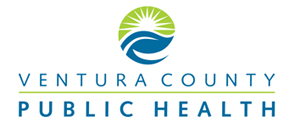 A fire in a home can cause serious damage. The building and many of the things in your home may have been badly damaged by flames, heat, smoke and water. You may find things that the fire did not burn up but are now ruined by smoke and soggy with water used to put out the flames. Anything that you want to save or reuse will need to be carefully cleaned. The firefighters may have cut holes in the walls of the building to look for hidden flames. They may have cut holes in the roof to let out the heat and smoke. Cleanup will take time and patience.
A fire in a home can cause serious damage. The building and many of the things in your home may have been badly damaged by flames, heat, smoke and water. You may find things that the fire did not burn up but are now ruined by smoke and soggy with water used to put out the flames. Anything that you want to save or reuse will need to be carefully cleaned. The firefighters may have cut holes in the walls of the building to look for hidden flames. They may have cut holes in the roof to let out the heat and smoke. Cleanup will take time and patience.
Food facilities need to seek Environmental Health Services prior to reopening your facility. Contact Environmental Health at 805 654-2813.
USE CAUTION!
It is important to understand the risk to your safety and health even after the fire is out. The soot and dirty water left behind may contain things that could make you sick.
Be very careful if you touch any fire-damaged items. Ask the advice of the fire department, local building officials, your insurance agent, and restoration specialists before starting to clean or make repairs.
Do not eat, drink, or breathe in anything that has been near the flames, smoke soot, or water used to put the fire out.
Safety
Fire ash may be irritating to the skin, nose and throat may cause coughing and/or nose bleeds. Fine particles can be inhaled deeply into lungs and may aggravate asthma and may make it difficult to breathe.
Water
Do not use your water if you suspect or have been told it is contaminated to wash dishes, brush your teeth, wash and prepare food, wash your hands, make ice, or make baby formula. Safe water for drinking, cooking, and personal hygiene includes bottled, boiled, or treated water.
If you have a drinking water well, listen to your local health authorities for advice on using your well water.
Handwashing
Keeping hands clean during an emergency helps prevent the spread of germs. If your tap water is not safe to use, wash your hands with soap and water that has been boiled or disinfected. Follow these steps to make sure you wash your hands properly:
* A temporary hand washing station can be created by using a large water jug that contains clean water. Washing hands with soap and water is the best way to reduce the number of germs on them. If soap and water are not available, use an alcohol-based hand sanitizer that contains at least 60% alcohol. Alcohol- based hand sanitizers can quickly reduce the number of germs on hands in some situations, but sanitizers DO NOT eliminate all types of germs.
IF RETURNING TO INHABIT YOUR HOME/BUSINESS
Please use caution and follow guidance provided about in addition to the following:
Food Safety
Foods exposed to fire can be compromised!
Reheating food that has become contaminated will not make it safe!
When in doubt, throw it out!
Cleaning and Sanitizing
Cleaning and sanitizing your household after an emergency is important to help prevent the spread of illness and disease.
Clean and sanitize surfaces in a four-step process:
Please remember the following safety tips when cleaning:
Smoke, Water, Ash and Debris Management
Seek professional damage and debris removal/restoration services.

Partner Links
Newsroom
Site Info